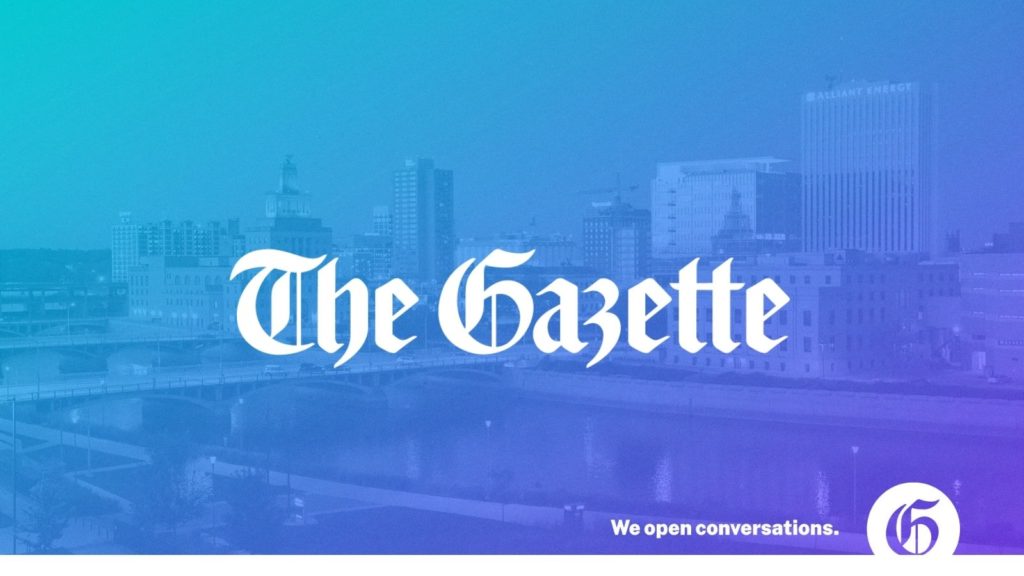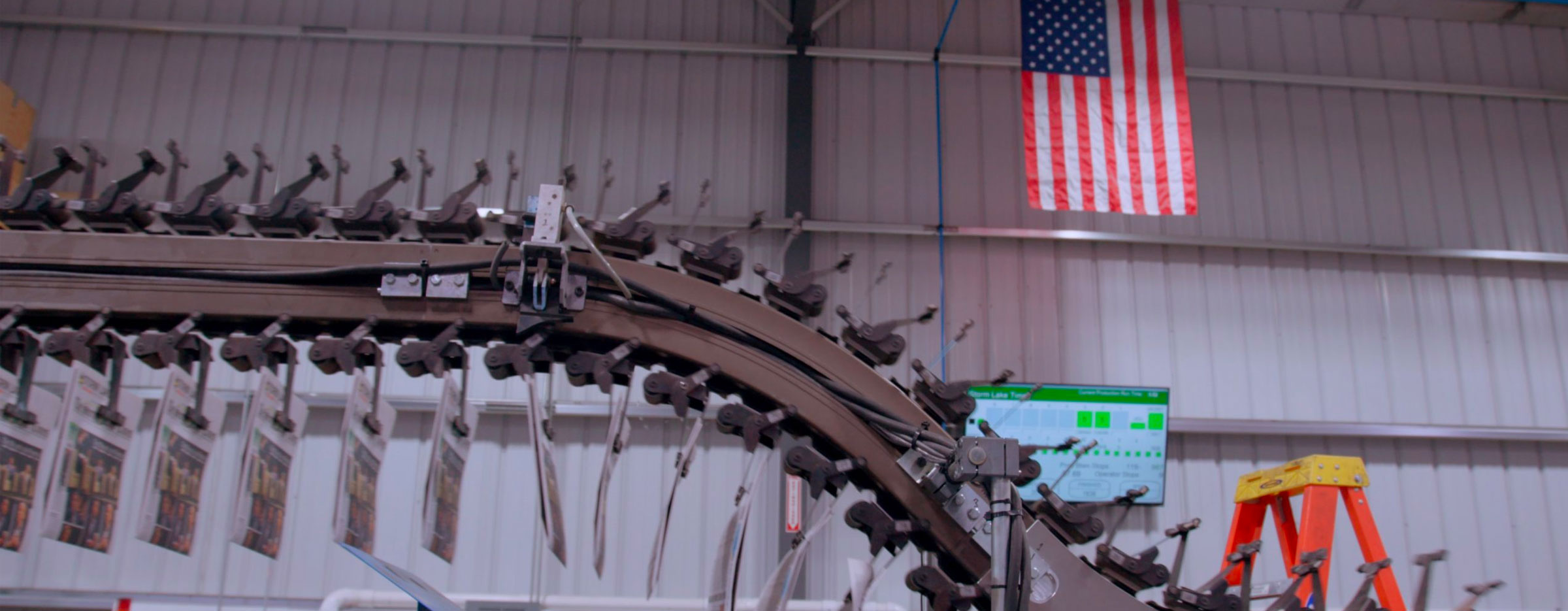As we continue the film’s journey, we’ll be spotlighting local news outlets we meet along the way. Today we feature The Gazette, in Cedar Rapids, Iowa and interview James Q. Lynch, the paper’s Politics Reporter.
What is your coverage area? When did you publish your first issue?
The Gazette’s primary coverage area is the Linn and Johnson County area or Cedar Rapids and Iowa City. However, it covers much of Eastern Iowa from the Minnesota state line and, with sister paper, the Southeast Iowa Union, to the Missouri border on the south. The Gazette also shares content with five Lee Enterprise papers giving it a statewide footprint.
What was the most important local news story/stories of the past year in your area? Are there particular stories you are proud of?
No doubt, the most important stories of the past year have been about COVID-19 – the people it has affected, the response from health care workers and, more recently, the opposition to vaccines and masks. Reaching back slightly more than a year, our coverage of the August 2020 derecho – winds up to 140 mph – that damaged or destroyed 6,000 homes and businesses, up to 100,000 trees — about 65 percent of the city’s tree canopy – making streets impassable for days, and power outages that lasted a week or more for many residents.

Who is your audience?
The bulk of our audience in in Cedar Rapids and Iowa City, but both the print and online audience radiate out from there. It’s what I call the “middle people,” average folks who are interested in their schools, neighborhoods, local businesses, sports teams and public safety.
Personally, why do you do what you do?
Sometimes, even after 40-plus years in the news business I ask myself that. It started with an interest in news, especially about government and politics. That’s still true today, but after the events in recent years, it goes further and deeper. It’s about giving people information they needs not only to govern themselves but to preserve their government and democracy itself.
What do you hope the future of local news looks like?
The formats and delivery of the news will change, but my hope is that regardless of the size of the community the people and organizations covering the news will maintain a commitment to community first with professional, locally oriented and locally driven coverage of those communities and the people who live and work there.

